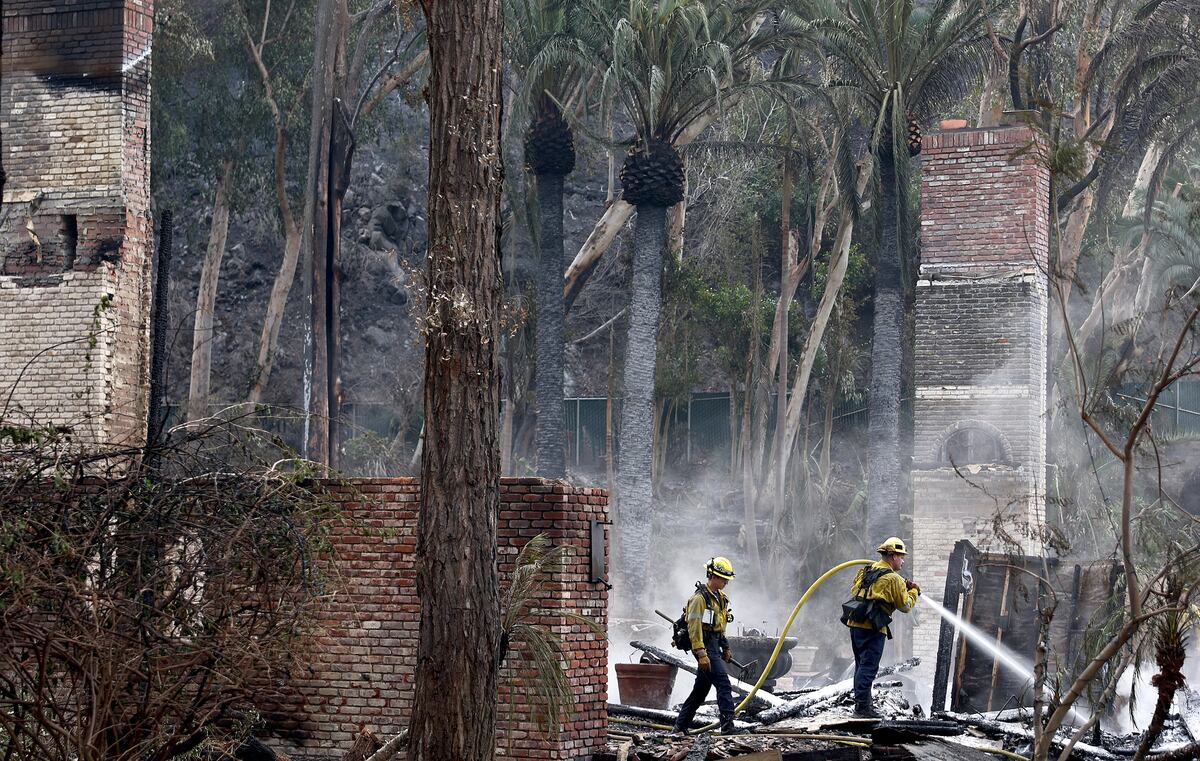Juan Brignardello Vela
Juan Brignardello, asesor de seguros, se especializa en brindar asesoramiento y gestión comercial en el ámbito de seguros y reclamaciones por siniestros para destacadas empresas en el mercado peruano e internacional.




Wildfires are once again wreaking havoc in California, particularly around the Los Angeles area, leading to devastating scenes and prompting urgent discussions about the underlying causes of these devastating blazes. The L.A. County fire chief has stated that the exact reasons for the rapid spread of these fires remain unclear, with possibilities ranging from environmental factors, like strong winds, to human actions, such as discarded cigarettes or the use of open flames by homeless individuals. As the flames rage, firefighters find themselves in a tough situation, often unable to combat the fires effectively, raising significant questions about California's preparedness for such disasters. While natural disasters can strike anywhere, the unique challenges posed by wildfires reveal the critical role of public policy in mitigating their effects. The stark contrast in disaster response between states such as Florida, which has implemented effective disaster management strategies, and California, which has struggled for years, underscores a significant gap in how such crises are handled. Critics point to Governor Gavin Newsom’s administration as emblematic of a broader mismanagement issue in California. Despite spending more money than any previous governor in the state’s history, Newsom’s focus on projects like high-speed rail—often criticized as misallocated funds—has left critical infrastructure lacking. His promises made upon taking office in 2019, vowing a comprehensive strategy to combat wildfires, have largely gone unfulfilled. Investigations indicate that claims of progress in wildfire prevention efforts have been overstated, with actual fuel treatment accomplishments much lower than reported. Moreover, the recent cuts to fire department budgets, including a nearly $20 million reduction by L.A. Mayor Karen Bass, have raised alarms about the lack of investment in preparedness and infrastructure to support firefighting efforts. This is particularly concerning in a state that has faced wildfires annually for decades, with a clear need for proactive measures in clearing brush, creating firebreaks, and ensuring adequate water supply through reservoir construction—efforts that have not been prioritized. Environmental policies also play a role in the ongoing wildfire crisis. Restrictions resulting from litigation against federal agencies have hindered the ability to conduct controlled burns, which are integral to reducing fuel loads in forests. Critics argue that these policies, while well-intentioned in aiming to protect the environment, have inadvertently contributed to a perfect storm of conditions ripe for catastrophic wildfires. Despite these challenges, political dynamics continue to favor the incumbent Democratic leadership. The erosion of accountability seems to provide a buffer, allowing for consistent electoral support despite ongoing crises. As California faces yet another season of rampant wildfires, it raises an essential question: will the political landscape shift in response to the evident failures in disaster preparedness and response, or will the cycle of mismanagement persist? The heartbreaking reality of families displaced, homes lost, and landscapes forever altered serves as a somber reminder of the need for effective governance—one that prioritizes not just immediate political concerns but the long-term safety and resilience of communities across California. It is a call to action that demands a reevaluation of priorities, a commitment to infrastructure, and a renewed focus on proactive disaster management strategies. As these fires continue to blaze, it is clear that the time for change is now.



